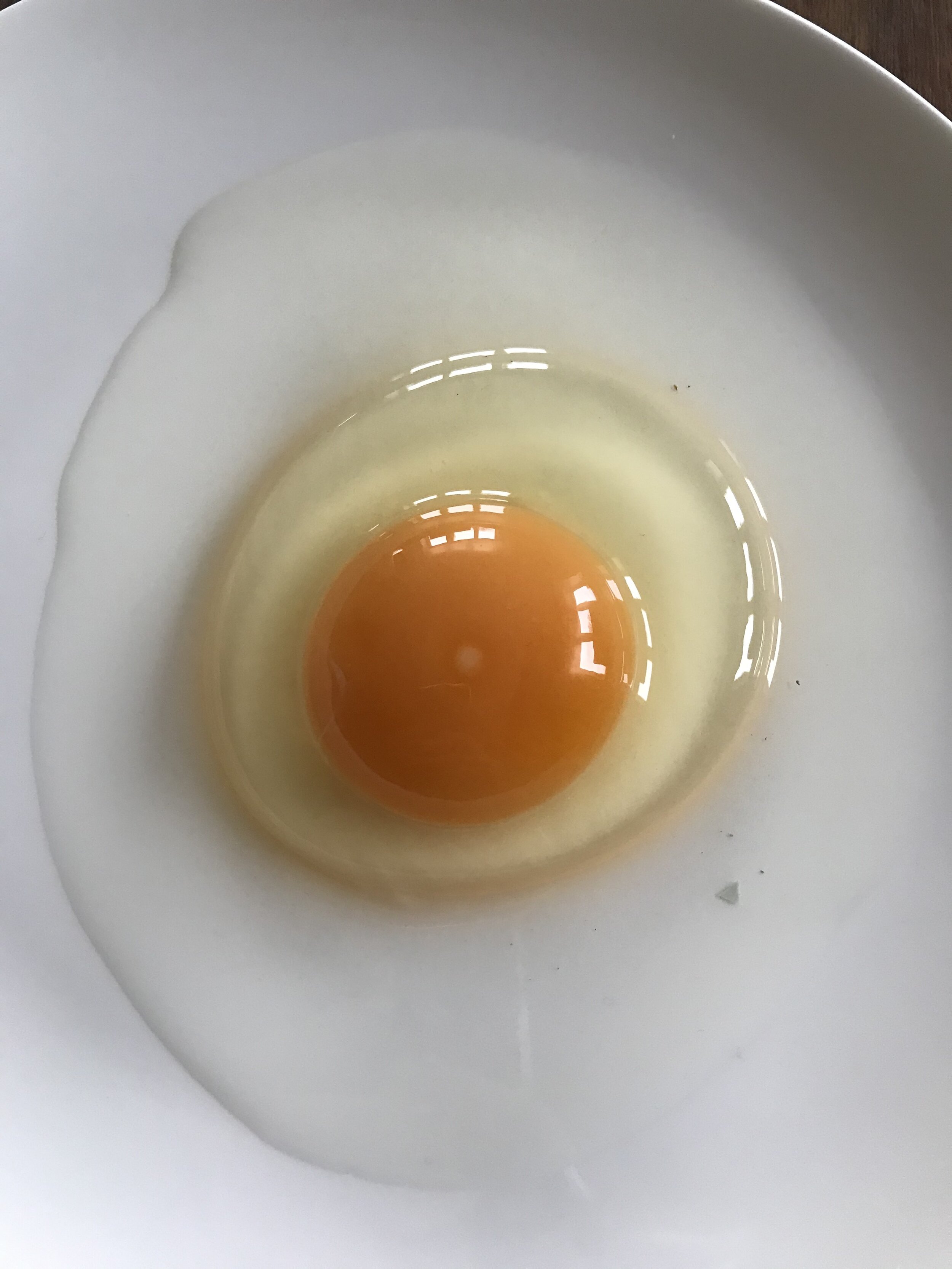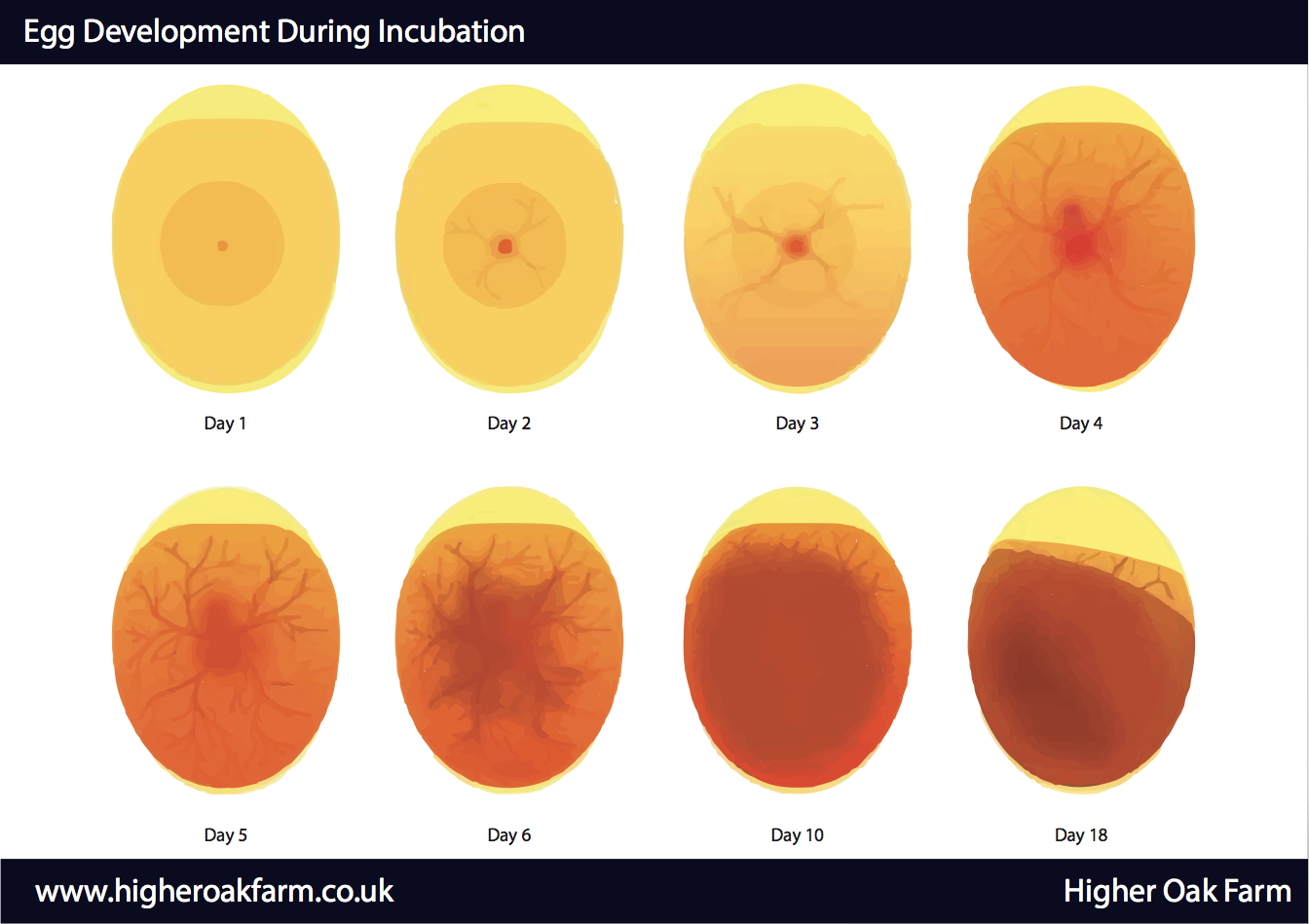Checking if a chicken egg is fertilised can be a bit tricky without specialised equipment, but there are a few simple methods you can try. Keep in mind that these methods might not provide a definitive answer, but they can give you a general idea. Remember that the most accurate way to determine if an egg is fertilised is through egg candling, which involves shining a light through the egg to observe its contents.
(See our blog post about eggs and incubation for more details)
Egg Candling: While not as simple as the other methods, egg candling is the most accurate way to determine if an egg is fertilised. You can do this by holding a bright light or candle against the egg in a dark room. A fertilised egg will show some development, such as veins, a dark spot (the embryo), and a shadowy mass. ( I tend to use my Iphone light in a very dark room. This seems to do the trick!)
Egg Development: If you crack open an egg and see a small dot-like structure on the yolk (called the blastodisc), it indicates that the egg was not fertilised. If there's a small white ring around the dot (the blastoderm), it suggests that the egg might be fertilised.
Egg Behaviour in an Incubator: If you're incubating eggs, you might notice that some eggs start to develop over time while others remain unchanged. Eggs that are being incubated without a rooster's contribution will not develop into embryos. If an egg has been fertilised and it is developing into a chick, the weight of the egg will change. The development of a chick will use the water content in the shell. The weight of the egg will get lighter during the incubation process.
These are just a few tips that might help you determine if your eggs are fertile or not!








